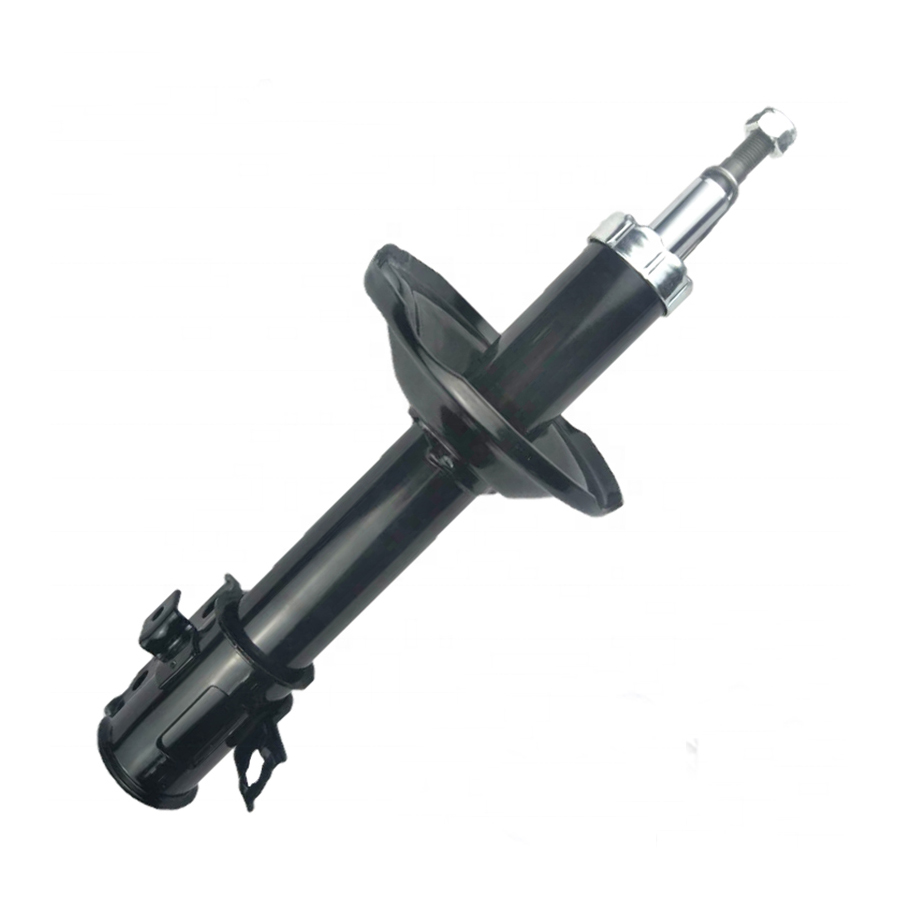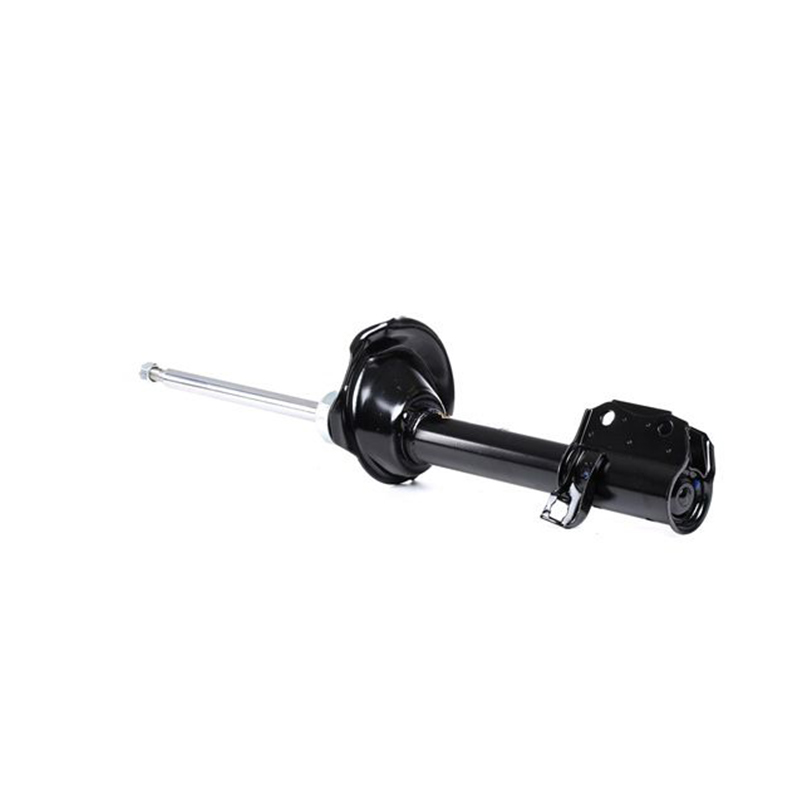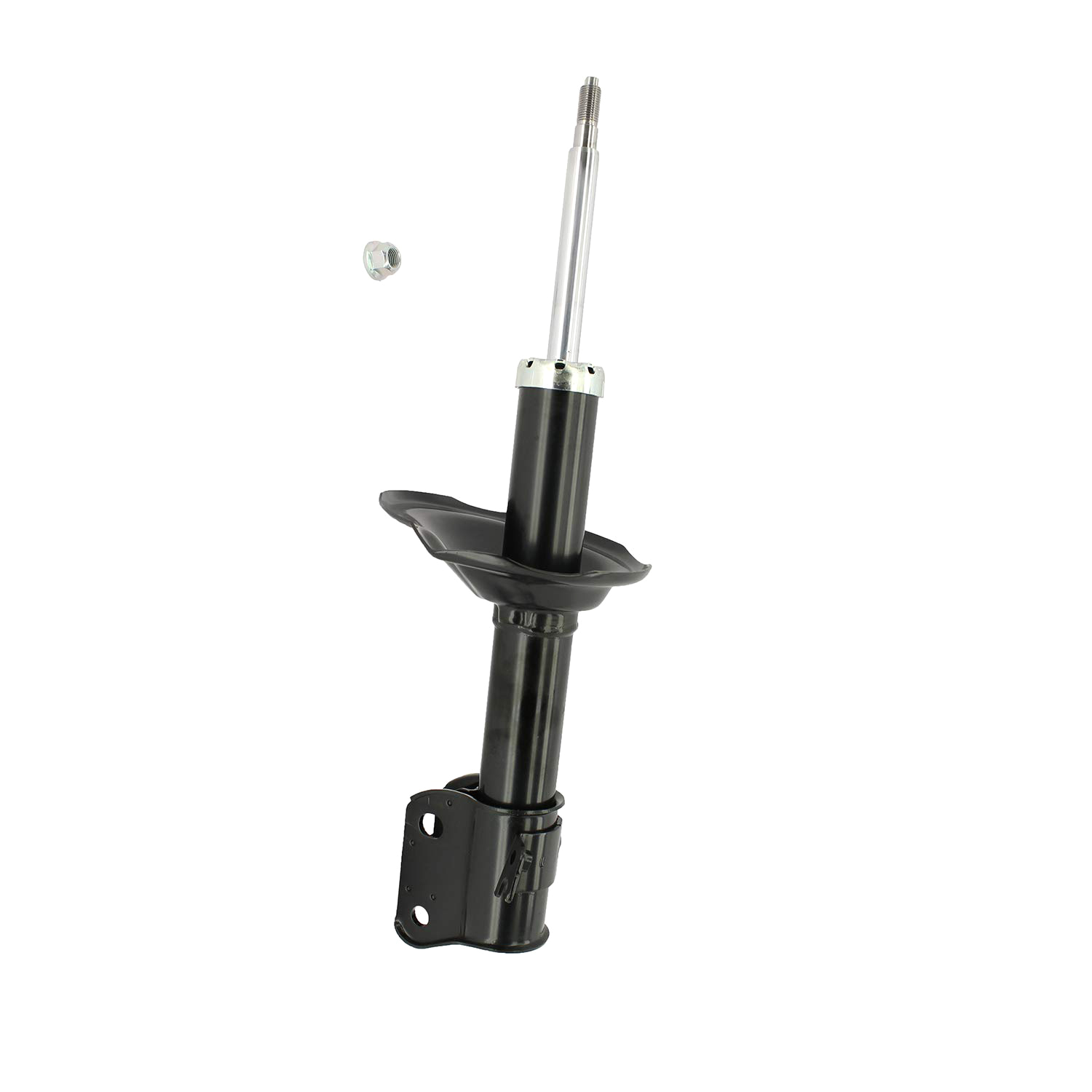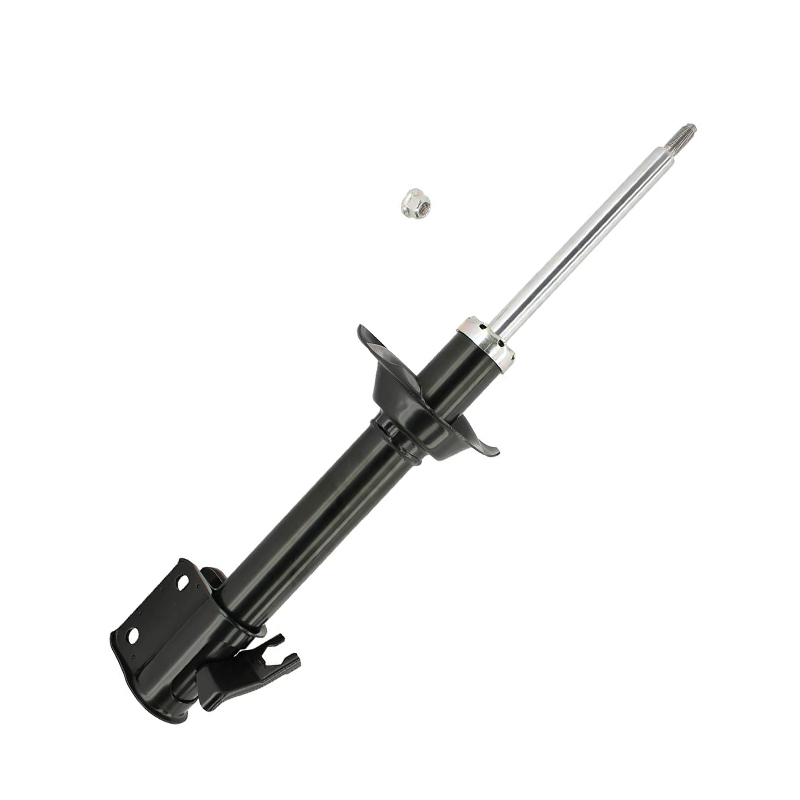In the modern automotive industry, the suspension system not only determines a vehicle's handling and comfort but also directly impacts driving safety and overall performance. Automotive Suspension Europe's development a...
READ MORE-
-
In the modern automotive industry, driving comfort and stability are increasingly important for passenger cars, and the performance of the rear suspension system directly impacts the vehicle's overall performance. As an ...
READ MORE -
In modern automotive engineering and high-end vehicle customization, high-performance shock absorbers have become a crucial component influencing vehicle handling, comfort, safety, and sporty performance. As the automoti...
READ MORE
How to choose the right Subaru off-road shock absorber for different off-road conditions?
When choosing the right Subaru off-road shock absorber, you need to consider the characteristics of the shock absorber according to different off-road conditions to ensure the best performance, comfort and durability. Here are some key factors and suggestions for choosing shock absorbers according to different off-road conditions:
1. Muddy and slippery roads
Requirement characteristics: Muddy or slippery roads can easily cause wheels to slip, and shock absorbers are required to provide good control and stability.
Selection suggestions:
Choose shock absorbers with stronger damping force, which helps provide better body control on soft ground.
The shock absorber should be able to effectively absorb vibrations on muddy ground to maintain driving stability.
Consider gas shock absorbers, which provide a more stable response and reduce excessive vibrations on slippery roads.
2. Desert and sand
Requirement characteristics: Sand has higher requirements for the suspension system because the sand is soft and it is easy for wheels to sink. At this time, the shock absorber needs to provide good wheel contact.
Selection suggestions:
Choose shock absorbers with **long travel** to allow the wheels more room to move up and down in uneven sand, thereby improving wheel traction.
The shock absorber should have adjustable damping to adjust the appropriate shock absorption effect under different sand conditions.
Shock absorbers with strong high temperature tolerance are very important, because the high temperature in the desert environment will put additional pressure on the shock absorber.
3. Rocks and mountains
Requirement characteristics: Rocks and mountains are usually rugged, and vehicles need to cross large and small obstacles. Shock absorbers must be able to handle severe impact and rebound.
Selection suggestions:
Choose high-strength shock absorbers that can effectively absorb impact from rocks or irregular ground.
It is recommended to use hydraulic shock absorbers or twin-tube shock absorbers, which can better handle strong vibrations and remain stable under extreme conditions.
Reinforced springs are used in conjunction with shock absorbers to ensure that the body does not sink or rebound severely in complex terrain.
4. Forest or woodland
Requirement characteristics: Forest or woodland usually has a lot of potholes, tree roots or small stones, and the driving environment changes quickly, requiring shock absorbers that can absorb shocks in a relatively fast reaction time.
Selection suggestions:
Shock absorbers with medium damping force are suitable for this road condition because they can absorb smaller shocks without adding too much body vibration.
Choose monotube gas shock absorbers, which have the ability to respond quickly and can effectively cope with the rapidly changing shocks in complex terrain.
Choose shock absorbers with strong corrosion resistance to cope with the corrosion risks that may be caused by branches, mud and water.
5. Snow and ice
Requirement characteristics: Snow and ice are very slippery roads, and it is easy to slip when driving. Shock absorbers need to provide sufficient stability in such environments.
Selection suggestions:
Choose shock absorbers with high rebound force to maintain good wheel contact and stability on slippery ground.
Gas shock absorbers usually perform better because they can provide uniform damping force to help vehicles drive stably on ice and snow covered roads.
Shock absorbers with strong cold resistance are very important, especially in cold environments, the fluid of some shock absorbers may become thicker and affect their performance.
6. Off-road towing or heavy load
Requirement characteristics: When the vehicle is heavily loaded, the shock absorbers need to be able to handle the heavier body weight while maintaining good handling.
Selection suggestions:
Choose shock absorbers with high load capacity, such as reinforced shock absorbers, to ensure stability and comfort under heavy load.
The damping force of the shock absorber should be adapted to the needs of heavy-load driving, avoiding excessive compression or rebound.
Use a combination of high-rigidity springs and double-tube or gas shock absorbers to ensure the stability of the vehicle under load.
 EN
EN  English
English Español
Español






 +86-13757453333
+86-13757453333  +86-572-8355557
+86-572-8355557  Caroline@gerep.cn
Caroline@gerep.cn  No. 36, South Zhenxing Rd., Zhongguan Town, Deqing County, Huzhou, Zhejiang, China
No. 36, South Zhenxing Rd., Zhongguan Town, Deqing County, Huzhou, Zhejiang, China 